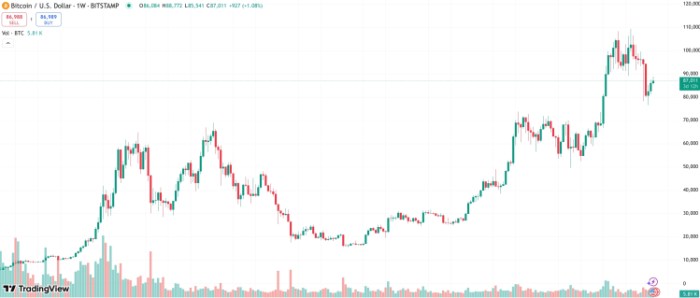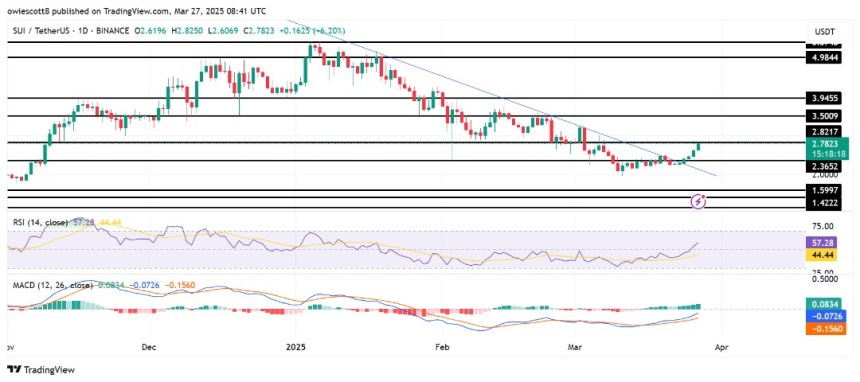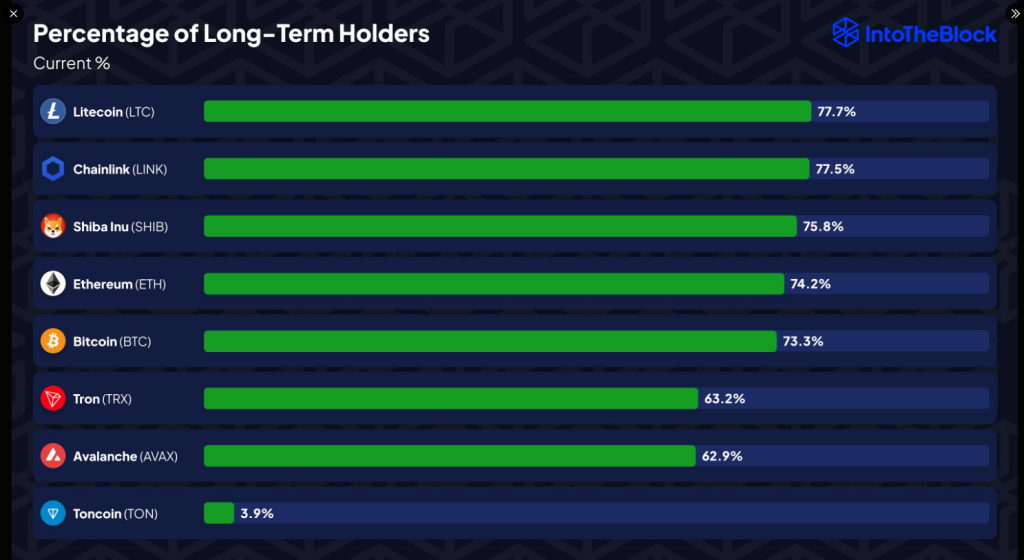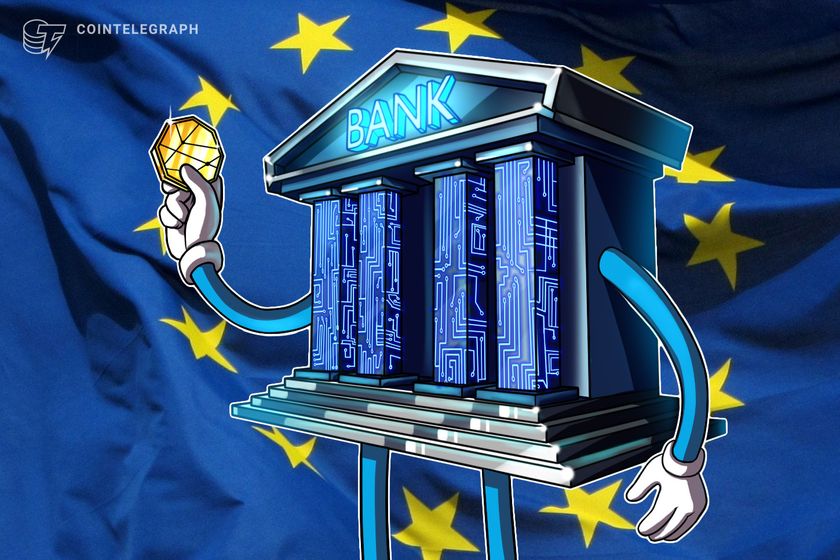The Blockchain Group recently bought another 580 Bitcoins, marking its third significant Bitcoin purchase since Trump’s election victory.
It became the latest to join the long list of companies buying record amounts of Bitcoin in what’s a crystal-clear industrial shift towards digital assets.
Read on as we explore TBG’s Bitcoin strategy, which other companies are sharing a similar love for $BTC, and how a latest pro-crypto regulatory change could mean a bright future for BTC Bull Token, a Bitcoin-themed meme coin.
The Blockchain Group’s Bitcoin Purchases
As mentioned earlier, this is The Blockchain Group’s third Bitcoin purchase. Interestingly, all three purchases happened on important dates.
- The first purchase (15 $BTC) was on November 15, which is when Donald Trump won the presidential elections.
- The second purchase (25 $BTC) was on December 4 – just a day before the King Crypto surged past $100K for the first time.
- The third and most recent purchase (580 $BTC) comes just five days before the close of Q1 2025 – as well as the first anniversary of the Bitcoin halving, which occurred on April 20.
Other Companies Buying $BTC
The Blockchain Group isn’t the only one keen on following the buy and HODL strategy for Bitcoin. GameStop made the news last week when it announced plans to buy Bitcoin through debt financing. This immediately saw the company’s stock surge over 12% in a single day.
MicroStrategy, helmed by the pro-crypto Michael Saylor, recently reached record levels of Bitcoin holdings. The company currently holds over 506K $BTC, which is worth approximately $44.2B. 1 $BTC is currently priced at $87,488.
A huge reason for this large shift towards digital assets is the new Trump administration’s pro-crypto attitude.
For instance, Trump’s SEC nominee, Paul Atkins, said that the ‘ambiguous and non-existent’ digital asset regulation under Biden would see a complete 180-degree shift should he be appointed as the SEC chairman.
‘A top priority of my chairmanship will be to work with my fellow Commissioners and Congress to provide a firm regulatory foundation for digital assets through a rational, coherent, and principled approach’ – Paul Atkins.
Bitcoin Is a Great Investment – But There Could Be a Better One
Bitcoin’s popularity is on full display right now. Institutions, companies, and even countries are rushing to buy the ‘digital gold.’ Absolutely no one wants to miss out on possibly the greatest modern-day investment opportunity.
What’s more, Bitcoin is also showing multiple positive signs on the technical analysis front, confirming its strong fundamentally bullish sign. For instance, it’s bouncing almost perfectly from the 50 EMA on the weekly chart, which also happens to be the 50% Fibonacci level.

Simply put, Bitcoin has had the perfect amount of correction after its November 2024 rally and looks ripe to rally higher – potentially beyond the $109K level. Time to get in and ride the crypto wave? Certainly.
Needless to say, however, Bitcoin is an expensive investment, particularly if you want to generate sizable gains. Enter BTC Bull Token ($BTCBULL), a new meme coin designed to follow the coattails of Bitcoin.
What’s BTC Bull Token?
BTC Bull Token is the only crypto project offering real (and completely free) $BTC to its token holders. Whenever Bitcoin reaches a new significant all-time high (such as $150K, $200K, and $250K), $BTCBULL holders (who store their tokens in Best Wallet) will receive Bitcoins as a reward for their loyalty.
We dug deeper into BTC Bull Token‘s proposed roadmap and found that it plans to organize regular token burn events – every time $BTC’s price increases by $25K, to be precise.

This simply means that at price points of $125K, $150K, $175K, and so on, the $BTCBULL developers will shave off a part of the total token supply.
It’s a tried-and-tested strategy used by the best cheap cryptos to artificially reduce supply and boost demand – and ultimately bring about a jump in the token’s price.
Combined with the fact that 40% of the total supply has been reserved for PR and marketing purposes, $BTCBULL is highly unlikely to fall flat after its launch.
Why $BTCBULL Could Be the Next Crypto to Explode?
All in all, BTC Bull Token has provided their investors with multiple reasons to put their faith in $BTCBULL for the long haul.
To sum it up, $BTCBULL’s price will:
- Increase as Bitcoin’s price rises, i.e., the next $BTC airdrop edges closer.
- Increase whenever there’s a token burn event.

The best part, however, is that $BTCBULL is still in its presale, which is easily the best stage to become an investor in a high-potential crypto project.
It’s also worth noting that BTC Bull Token is among the hottest crypto presales going around. It raised $1M within just 24 hours of its launch, after all.
Luckily for you, the presale is still in its early stages, which is why you can grab one token for a ridiculously low price of $0.00243. The project has so far raised over $4.1M and looks far from done. Here’s how to buy BTC Bull Token.
More good news comes from our detailed BTC Bull Token price prediction. According to our analysis, $BTCBULL can reach a high of $0.0084 by the end of 2025 – and then $0.0096 by 2026. That would result in a 345% and 395% ROI, respectively. Oh, and let’s not forget the extra income through free $BTC airdrops.
For more information, check out $BTCBULL’s X feed and Telegram channel.
But, and you probably know this by now, nothing is guaranteed in crypto. The market’s pretty volatile and reactive to the larger macroeconomic conditions.
This calls for a healthy mix of caution and aggression. For example, do invest in the best meme coins like $BTCBULL but only an amount you’re comfortable sidelining.
Lastly, kindly do your own research before investing. None of the above should be misunderstood as financial advice from a professional.
















